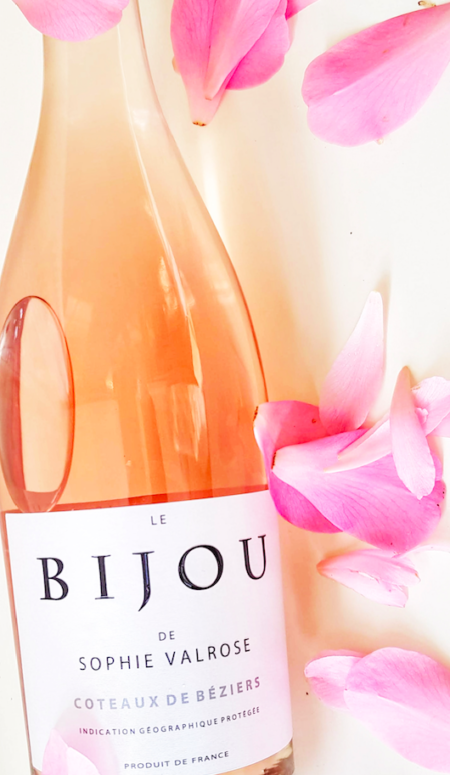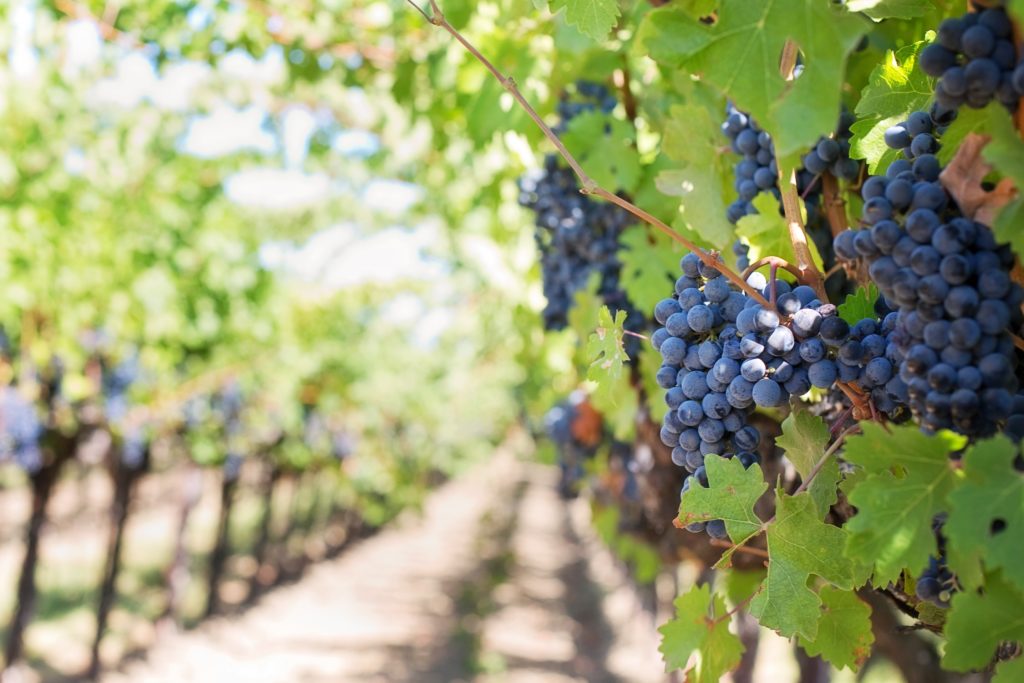With summer looming, not only are we reaching for sunglasses, but thoughts are turning to which rosé wine we should be drinking and Le Bijou de Sophie Valrose has been attracting customers across the globe, from the sandy beaches of Barbados to the forests of Norway.
Our delightful rosé from the Languedoc has been sweeping up gold medal awards this year and is undoubtedly a perfect selection for the summer months. The excellent quality of the wine pays enormous credit to the old bush vines and volcanic soils from which the grapes are sourced. The vines, especially those in the Coteaux de Béziers, are situated along the Mediterranean coastline which profits from the strong off-shore winds, known locally as the Cers, which help keep the vines cool during the hot summer months. In addition, the large rocks usually found on the surface of the vineyards radiate enough heat in order to aid grape maturation. These low yielding bush vines combined with the rich minerality of the earth create a wine bursting with flavour and a quality that looks after itself thanks to the passion and care from the hand of the winemakers who guide the process from vine to bottle.
In 2017 global rosé production fell by 10% largely as a result of the heavy impact that climate change has been having on the Mediterranean neighbouring countries, where approximately one third of the world’s wineries are located. This year’s vintage however, 2018, has been very pleasing; the higher rainfalls have boosted the yields, yet the wine’s aromas have not been diluted in comparison to 2017.
The bush vines used in the production of Bijou wines are renowned for growing primarily Grenache grapes; a variety that is indigenous to the region. Le Bijou de Sophie Valrose is a delightful blend of 30% Grenache, 40% Cinsault and 30% Syrah. The beautiful salmon pink rosé is elegantly fragrant, with aromas of wild strawberries, citrus and flowers, round and creamy on the palate with a fresh acidity and a long, lingering finish.


The Provence Pricing Effect
Provence production has dominated the pink wine stage over recent years with Provence rosé exports having increased by 471% between 2013 and 2017, however after two poor harvests in the region due to a combination of droughts, late frosts and mildew, grape prices have more than doubled in the region and thus consumers are taking the butt with shelf prices steadily climbing year on year. Consequently, Languedoc rosés such as Le Bijou de Sophie Valrose which can easily match their Provence counterparts in regards to quality, are available at much more affordable prices. Bijou prides itself on its fantastic quality of wine and the competitive price point of our wines, like Sophie Valrose, offer an affordable luxury option to consumers who are being forced to pay a premium on many Provence wines. If this current climate continues, in both a physical and economical sense, perhaps rosé drinkers around the world should start taking Languedoc rosés more seriously. Today the gap between the two regions has been substantially narrowed, especially if you know where to look.






